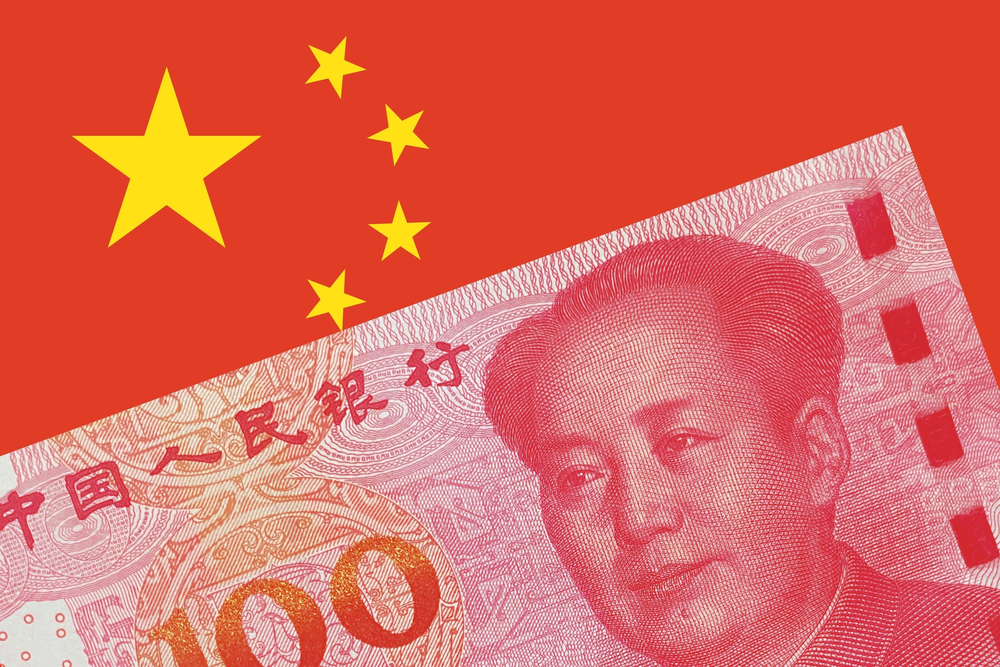

Summary
- August data shows broad-based weakening of domestic demand. The acceleration of government borrowing and supporting measures for the housing market and private consumption are yet to show a positive effect on sentiment and spending.
- Increasing high-tech production failed to offset the decline in traditional sectors.
- The supply-side data indicates 4.9% YTD GDP growth, down from 5% in Q2.
Market Implications
- In addition to gradual monetary easing, expectations are building for an RMB 1-2 tn expansion of the fiscal deficit at October’s National People’s Congress Standing Committee meeting.
- But this would not alter the market’s view that fiscal and monetary policy remains behind the curve.
Shrinking Car Expenditure, Fading Pent-Up Service Demand
Retail sales growth slowed to 3.4% YTD from 3.5% in July. This is despite launch of the unprecedented government debt-financed RMB 150 bn ‘cash for clunkers’ program for durable goods (cars and home appliances) in late July.
Except for mobile phones with 11.8% YTD growth versus 11.3% in Q2, the decline is broad-based, both in daily necessities, housing-related goods, and discretionary goods. Low consumer confidence, governmental austerity, and the housing market’s decline are weighing on domestic consumption.
Car expenditures dropped to -2.4% YTD growth from -1.1% in Q2. With 10% weight in retail sales, declining car expenditures are a primary drag on domestic consumption. Fading pent-up demand in the service sector is another major cause for declining retail sales growth (Chart 1).
Booming High-Tech Production Cannot Offset Slowing Housing-Related Sectors
After a strong run in H1, industrial production cooled in Q3 to 5.8% YTD from 6% in Q2. Booming high-tech sectors (up from 8.7% YTD in Q2 to 8.9% in August) failed to offset the rapid slowdown of traditional sectors.
While high-tech sectors account for roughly 15% of industry production value-added, the traditional intermediate material production sectors make up roughly 30%.
The intermediate material production sectors slowed significantly, especially housing-related steel and non-metallic mineral production (Chart 2). The YTD growth rate of these sectors declined on average from 6.2% in Q2 to 5.4% in August, which contributed 0.3% of the 0.2% decline in YTD industry production.

The average growth of downstream sectors also declined from 5.7% in Q2 to 5.2% in August, driven by the automobile sector.
The intermediate equipment production sectors on average declined the least, from 6.5% in Q2 to 6.4% in August. Production of communication tools and electronic equipment supported this, having the highest export exposure of around 40 industry sectors.
Improved Financing, But No Pick-Up in Infrastructure Spending
YTD fixed asset investment declined to 3.4% from 3.6% in July, at the lower end of market expectations of 3.3-3.9%.
Growth in narrow-based infrastructure spending (without the electricity grid) shrunk further YTD, from 4.9% in July to 4.4% in August – an over two-year low (Chart 3). This is despite a significant acceleration of special-purpose local government bonds (around RMB 800 bn or 20% of this year’s quota).
Adverse weather may have slowed construction activities, but reports also indicate government openness to spend the money in non-investment areas like purchasing unused land back from developers.
Investment in broad-based infrastructure (including the central government-financed electricity grid) also slowed slightly to 7.9% from 8.1% in July, after a pick-up in June and July.
Housing investment stabilized at the three-year low of -10.2% YTD.
Manufacturing growth declined to 9.1% YTD from 9.5% in Q2. However, investment in the manufacturing sector remains strong compared to infrastructure and housing investment. The likely driver is the large-scale equipment upgrading program predominantly in the energy-intensive intermediate material production sector.
Data shows roughly 17% YTD growth in investment in new equipment since January.
Housing: Rising Inventory and Continuing ‘Price for Volume’
August housing data underlies the ineffectiveness of the housing support measures introduced in May.
We see a continuation of the price-for-volume strategy in the housing market. The average new home price of 70 representative cities dropped 0.73% MoM – the biggest decline since the market slumped in 2021. Declining existing home prices have re-accelerated to -0.95% from -0.8% in July.
YTD new home sales measured in square meters improved slightly from -21.1% in July to -20.4% in August, while the sales measured in RMB showed a sharper decline YTD, -25% vs -25.9% in July (Chart 4).

News reports indicate the SOE/local government’s program of buying homes for affordable housing is making little progress. The inventory of finished new homes in August increased by 21% on the YoY base. Even if the increase has slowed from the average 24% YoY between January and July due to the declining sales, inventory to average sales has risen to 5.6 months, a record high.
Conclusion: Tracking for a Miss in Growth Target
August data shows a continuation of weakening supply and domestic demand. IP growth slowed to 5.8% YTD, while service sector growth remained stable at 4.9% (Chart 5). The supply-side data indicates a roughly 0.1% decline in YTD GDP to 4.9% from 5% in Q2.
Demand-side data shows a weakening of retail sales and fixed asset investment. External demand remained a bright spot. In RMB terms, exports grew 6.9% YTD vs 6.8% in Q2. The trade surplus in RMB terms rose 13.6% vs 11.5% in Q2 (Chart 6).

Given a 5% YTD decline in government income until July, to reach the FY spending target of around RMB 38.7 bn, the government would have to expand the fiscal deficit by around RMB 2 tn. This assumes the same income decline in the rest of this year.
In addition to a step-by-step monetary easing approach, local observers increasingly expect an RMB 1-2 tn expansion of this year’s fiscal deficit to be announced at October’s National People’s Congress Standing Committee meeting.
Given government support for the economy is far behind market expectations, a fiscal expansion without substantial direct support for consumers and the housing market will generate little market excitement.